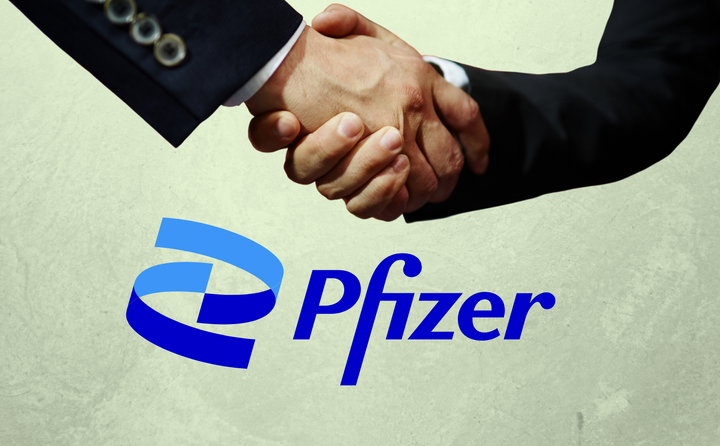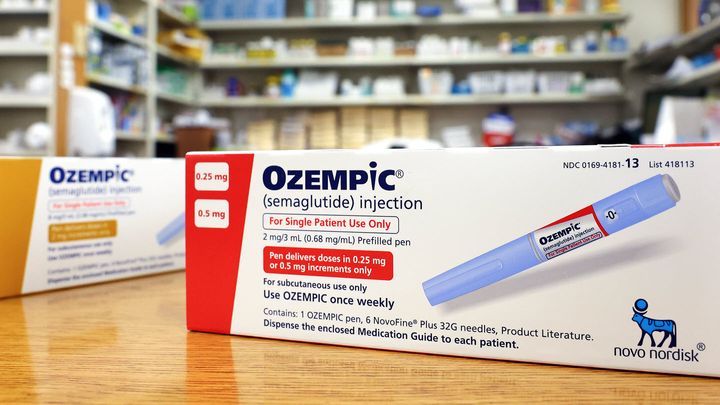Trump Helps Health Insurers Swell Their Profits
Wall Street investment firms are under the impression that the Trump administration will waive the medical loss ratio requirement on insurers this year, which could allow the companies to pocket an unprecedented windfall of profits beyond what they made in that record-setting first quarter.

The American Prospect is a nonprofit, independent magazine covering public policy and politics. Sludge is re-publishing this article.
Few industries have escaped the squeeze of the coronavirus crisis. That’s true of obvious sectors like restaurants and hotels, of places where mandatory shutdowns have led to mass layoffs, as well as of reopened regions where supply now exists but demand still doesn’t. It’s also true of industries where demand remains high, like health care. Hospitals, of course, have been strained to a breaking point treating coronavirus patients, necessitating federal bailout money, though the decline in elective procedures has been so drastic that it alone has accounted for a 2.25 percent drop in quarterly GDP, nearly half of the total quarterly decline, according to figures released Wednesday. That’s bad news for providers and insurance companies alike.
The nation’s largest health insurers have responded by accelerating their customary practice of squeezing their payouts. UnitedHealthcare, along with other insurance giants including Aetna and Cigna, have pushed for significant pay cuts for doctors. Specialists, physicians, emergency room employees, and even nurses and technicians treating COVID-19 patients have seen salaries slashed in recent weeks. Meanwhile, those same insurers have severed contracts with anesthesiology and neonatal care providers, also in the name of cost-cutting. A recent survey by the American Society of Anesthesiologists found that 42 percent of anesthesiologists had contracts terminated in the previous six months, while 43 percent of respondents experienced payment rate cuts from insurers of as much as 60 percent.
With such aggressive rate-cutting, one might think that UnitedHealth and its peers have sustained substantial losses to their extremely profitable businesses as well; indeed, according to estimates, coronavirus will cost insurance companies tens if not hundreds of billions of dollars in additional expenses. But so far, that’s not the case. In fact, on an earnings call last week, UnitedHealth Group, the country’s largest insurer, announced that profits from operations rose 3.4 percent to $5 billion in the first quarter, making this one of its most profitable quarters this decade, though down slightly from its all-time-high pre-coronavirus mark. Its revenues rose by nearly 7 percent to $64.4 billion. The company even found enough money lying around to continue buying back its own stock. This, of course, while millions of Americans lost their employer-provided health insurance due to mass layoffs. Meanwhile, the company just reported that its CEO, David Wichmann, received a 233 percent pay raise over the year prior: In 2019, he made more than $52 million, while Executive Chair Stephen Hemsley took home over $50 million himself.
There’s even reason to believe that these insurance companies expect the crisis to benefit them even more. According to documents reviewed by the Prospect, Wall Street investment firms are under the impression that the Trump administration will waive the medical loss ratio (MLR) requirement on insurers this year, which could allow the companies to pocket an unprecedented windfall of profits beyond what they made in that record-setting first quarter. Bearing such glad tidings, investment firms are telling their clients to buy health insurance stocks—one reason why those stocks have soared in the past two months.
MLRs represent one of the most meaningful profit regulations that were installed as part of the Affordable Care Act. As the system is currently structured, health insurers collect premiums from policyholders, money they use to pay for enrollees’ health care claims, as well as administrative costs, marketing and advertising, and good old-fashioned earning of profits for investors. The medical loss ratio runs on an 80/20 rule, which requires most insurance companies that cover individuals and small businesses to spend at least 80 percent of their premium income on health care claims and quality improvement, capping the remaining money going to administration, marketing, retained profit, dividends, and buybacks at that remaining 20 percent level.
But recent reports estimate that the health care services the insurers would have to cover will decline by 25 to 35 percent, due to the cessation of elective procedures, particularly elective surgeries. Even though millions have lost private insurance coverage due to layoffs and are no longer making premium payments, that decline in utilization means the insurers are set up to have an “excess” of cash, according to investor reports. Even with expanded coronavirus coverage, mandated by Congress’s passing of the Families First Coronavirus Response Act, the costs associated with the virus “pale in comparison to forgone elective surgeries,” according to one investor memo.
Emancipated from the 80/20 rule, insurers would be able to use their record profits to buy back stock, increase executive pay, and perform other acts of upward redistribution.
This decline in the payments the insurers would normally be making on claims means that the companies are likely to miss the 80 percent spending floor on medical services required of them. But the Affordable Care Act enables the Health and Human Services secretary, in this case Alex Azar, to adjust the MLR requirement on a state-by-state basis. There is some precedent for such a move: In the past, adjustments have been granted when the HHS secretary found that conforming to the MLR standard would “destabilize the individual market” or lead to fewer options for consumers. This now opens the door for a Trumpian priority: Rather than return that excess cash to premium payers, insurance executives, along with Wall Streeters, are expecting that the Trump administration will merely excuse them from meeting their 80 percent requirement, freeing them up to direct their cash to other purposes.
Emancipated from the 80/20 rule, then, insurers would be able to use their record-breaking profits to engage in even more stock buybacks, increase executive pay, and perform other acts of upward redistribution, even as prices for premium payers continue to rise. In fact, even with MLRs in place, the Affordable Care era has been wildly lucrative for large insurers like UnitedHealth: Since the ACA was passed into law, the company’s stock dividend has increased every single year, in tandem with the company’s profits. Buybacks have soared. All this flies in the face of the insurers’ protestations that they want to keep health care costs low.
This wouldn’t be the only sweetheart deal the Trump administration has bestowed on UnitedHealthcare of late. As David Dayen reported in the Prospect on Monday, UnitedHealth won a contract to disgorge billions of federal dollars to hospitals and other providers as part of the CARES bailout package, even though health-related agencies throughout the government customarily deliver those types of funds.
Read more:




Comments ()